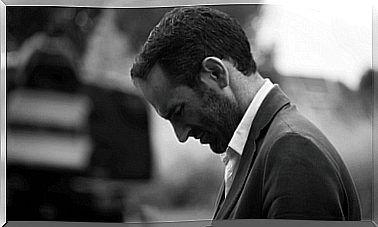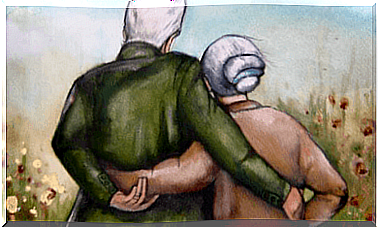Family Tree: A Tool For Growth And Care

A family tree is much more than a drawing and a collection of dates, relationships and family histories. It can be a very powerful tool for understanding and healing the experiences and problems of each of us.
Some argue that it has nothing to do with treating personal problems. However, the truth is that it can provide us with valuable information about where we come from and, in some way, explain where we come from. Some currents of thought go even further and claim that through knowledge of the family tree we can discover how the family unconscious interacts with the personal unconscious.
A bit of history…
In the 1960s, a current of psychoanalytic thought developed in Europe according to which therapy had to focus on becoming aware of the repetition of conflicts and difficulties within the family nest. These specialists included a transgenerational focus in their treatment plan.
In the 1970s, however, “psychogenology” was born. It is a psychoanalytical method that leverages the relationship between the origin of a person’s problems and the unresolved situations of his ancestors. Psychogenealogy considers that the mere fact of becoming aware of these problems can produce a liberation or resolve them. Within the psychogenealogy we find scholars such as Anne Schützenberger, Didier Dumas, Jodorowsky or Bert Hellinge.
In the last thirty years, the concept of the family unconscious has returned to vogue within psychotherapeutic studies . Scholars have again taken into consideration some ancient beliefs of Eastern philosophers, which emphasized the influence our ancestors could have on our life or the strength of certain members of the family circle. Today, the family tree is a tool that is used to analyze the medical history of patients in different disciplines: psychotherapy, psychiatry, medicine, social work, education, etc.

Why is it good to make your own family tree?
Building a family tree can be an extremely enjoyable activity – finding out who we are and where we come from. Doing research on our ancestors, finding out where they came from, what work they did … This is a research that can turn into a splendid pastime. Furthermore, it is the basis of a series of studies called genealogy.
The development and study of our family tree can help us on several fronts, including:
- Changing the way we see and conceive our family.
- Elaborate mourning that perhaps we have not yet resolved.
- Learn about some of our medical antecedents by observing the diseases suffered by our ancestors.
- Observe graphically if our beliefs, fears and blocks are related to family dynamics and transgenerational inheritance.
- Establish a Spiritual Connection: When we know and understand our past, we strengthen our bond with the family and establish deeper connections. When we feel that we are part of a chain, we become more aware of our smallness.
- Accessing information that we cannot see on a conscious level, mind on an unconscious level can manifest itself more clearly.
How is a family tree drawn up?
To develop a family tree, we can start by collecting data through questions and interviews with our family members. Then, we can continue studying documents, photographs, paintings, personal registers, newspaper libraries with historical archives, internet, etc.
The data we can look up and record in a family tree are the following:
- Names and surnames.
- Important dates: births, marriages, deaths, migrations, etc.
- Causes or circumstances of deaths.
- Professions.
- How were the relationships between the various family members (rivalry, friendships, privileges, etc).
- What qualities distinguished our ancestors.
- Significant facts: accidents, illegitimate love stories, various kinds of anecdotes, etc.
- Main symptoms and diseases of the various members of the family tree.
How to interpret a family tree?
Interpreting a family tree means doing a transgenerational analysis. Through this analysis, we can identify unresolved conflicts, unprocessed grief, recurring behavioral traits… The fundamental point in interpreting a family tree is the awareness and identification of possible recurrences. To do this, it can be very productive to carry out this analysis together with someone else.
It is difficult for the tree to give us an answer if it has not raised questions in us first. However, very often curiosity can give rise to both phenomena (question and answer) at the same time. A family tree is usually drawn up or consulted when you have concerns or doubts about various issues (emotions, circumstances, blocks, illnesses, etc.).
This means that it is good to analyze the tree by asking it concrete questions. Getting the answers and making connections can be deep and exciting work. A real path of personal development. Through this analysis we will be able to answer two fundamental questions:
Where do we come from? And how does this past affect us?
In summary, developing and studying a family tree can be an exciting activity and we can all undertake it. According to experts, looking at it and understanding it is a step that is inherently healing, beyond what we can do with that information in the future. So why not give it a try?









